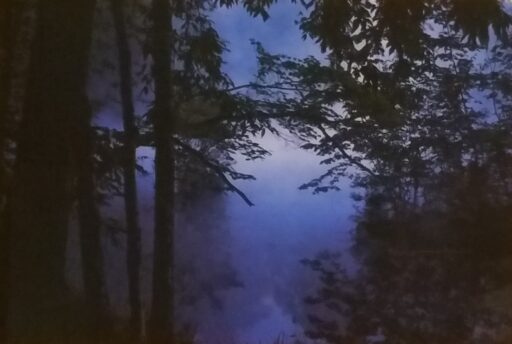
“You don’t just take a photograph, you make it.” – Ansel Adams.
It is no secret that the South has long provided nature photographers with a rich palette of colors and stunning scenic vistas. Most take ordinary shots of this mountain or that beach. But some photographers make an art of framing the scenes they see as if the location itself were a fine art portrait.
One such artist is local photographer, Catherine “Kitsy” Stratton.
Kitsy creates emotional nature photographs of her low country adventures. While she is mostly self-taught, Kitsy gained her love of beauty with her introduction to the arts though her family. She is the third daughter of the well-known Mount Pleasant artists, Catherine “Taffy” Stratton and Weston “Nick” Stratton.
In 1990, Kitsy began to take a passionate interest in photography while taking pictures of her young daughter and infant son.
On a business trip to Charleston, SC in 1993, she came across a calendar of scenic photos by popular nature photographer Tom Blagden.
After reading the back of the calendar, she discovered what type of camera, lenses, and film Blagden used and she set out to create her very own nature photos.
Since then, she has become well known for creating images that generate a intimate sense of place rather than about any specific subject.
This month, Mountain Made gallery is happy to share Kitsy’s thoughts and unique artistic viewpoints on as part of our continuing series “Inside the Artist’s Studio.”
As a child, what did you want to do when you grew up?
From my earliest childhood memories I wanted to be a performer – like a dramatic actor, a cheerleader, circus performer, or public speaker. Later on, I longed to be a writer, a professor, safari photographer, and world traveler.
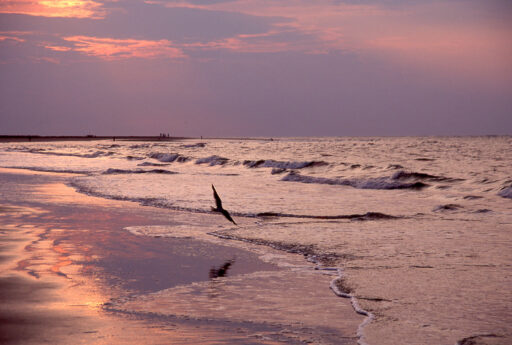
…
When did you first realize you wanted to be an artist?
Only in the last few years have I looked at putting on a designation like “artist.” For me, claiming such a designation didn’t come automatically with my tendency to paint frequently, take photos obsessively, and have a nagging desire to capture the images that moved me. It is only recently that I’ve realized these traits define me as having an artistic perspective and relationship to life. All that remained was saying so.
How long does it take you to create one of your pieces?
Of course the amount of time spent on one of my photographs is different from time spent on an oil painting. I’m happy to report that I now spend a lot more time than I used to, on both mediums.
Years ago, when I shot Black & White film and did my own darkroom work, I could spend hours burning and dodging a print until I was satisfied. I even became quite proficient at touch up work using ink and a tiny brush. When I started taking color photos of my children and then scenic images, I believed I had one shot at a good image.
Luckily, I had a very smart cameras – film as well as digital. I have only recently learned the predominant benefits of post-processing digital images. Once again, I can spend hours pushing and pulling aspects of an image, until it satisfies what I am wanting to express.
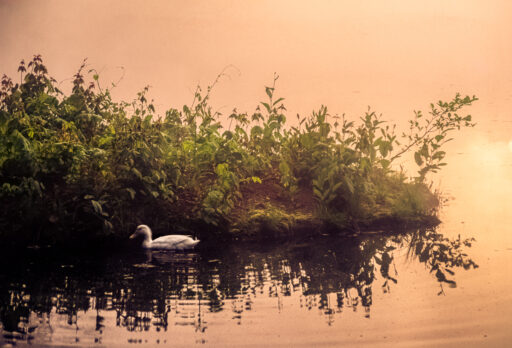
…
Some photographers scowl at extensive post-processing and I understand the sentiments of a photographic purist: they should be masters of the photographic instrument and capture perfection at exposure.
But those are the sentiments of a photographer, not an artist. An artist is allowed – no, must work their material until it conveys what they desire to express by whatever means. When technology catches up with their craft, the artist takes their skill and by means of their soul pushes their medium to the next level. It’s what artists do.
What is your schedule like when you’re working on your art?
Not applicable…yet. Now that I finally have dedicated space for image post-processing I am finding that the best time to paint is when this hemisphere is mostly asleep.
Being retired, I am able to paint when I want, sleep when I want, and even be out shooting a full moon eclipse all through the night, if I want.
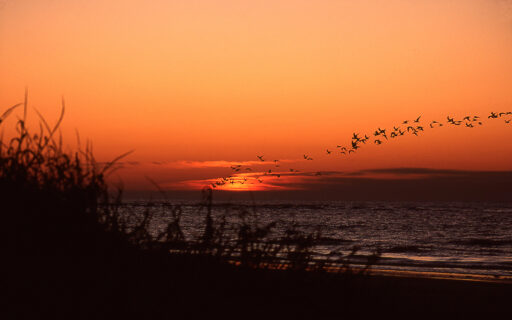
…
What would you say is your most interesting quirk or habit while working?
I work best between midnight and dawn and with the shades up and the windows open, letting all those dark muses drift in and out.
Where do you get your ideas or inspiration for your artwork?
I get my ideas for my paintings from my own photography, and that from driving. I love to drive, especially back roads and through rural countryside.
Primarily, it is because I don’t have normal depth perception. Observing vistas or deep woods as I move, I am able to get a sense of the distance and depth – and that thrills me. Transitions like long driveways, farm roads, streams, gates, and passageways have always begged me to stop and take a picture. But of course it isn’t the same when I’m standing still. (Maybe I will try videography next!)
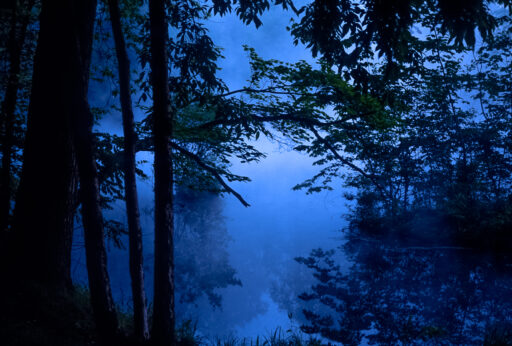
…
What do you like to do when you’re not working on your art?
Procrastinate. At this stage of my life I should be doing art 24/7. Anything else I do is usually a form of distraction.
What was one of the most surprising things you learned in creating your artwork?
There was a time while painting a scene with a campfire, that I needed to paint a small whiff of smoke rising around the logs above the hot coals. I had no idea how to make the that mark. But in one of those zone moments, just breathing and no thought, I took up some paint and made the swish and it was perfect. It was then I knew I could recognize the voice of my soul.

…
How many pieces have you created? Which ones were your favorites? How do you decide on which pieces to develop?
I have taken thousands of photographs since 1990. I started painting in oils in 2008. From then until around 2013, I painted well over 300 paintings.
When I moved to SC in 2015, I gave carloads of paintings to Goodwill and to a few friends. I kept probably 50 or so and still have some in storage and stacked against the walls of my studio. Only a few would I say have been “developed” because I didn’t know what that meant or how to do it until these last few years. I’ll have to let you know after I’ve developed a few more to my satisfaction.
Do you hear from your fans? What kinds of things do they say?
Whenever I post my images or art to social media I get very encouraging responses like “Stunning” and “You have an eye; Keep going.” But I don’t know these people and am unable to engage them in conversation. (I once thought I would befriend people who commented but was told that is a bit stalkerly, so I haven’t.)
So, I can’t say I actually have a defined fan base. I do have a small handful of close friends who say my images are healing and that I should keep developing my ‘signature styles.’
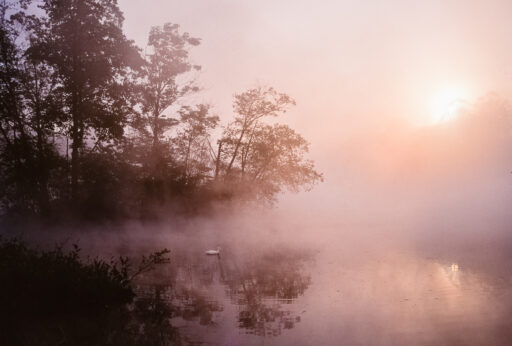
…
What do you think makes good art?
I think I gave my best answer to this in my response to your third question. But I will come at it here from a different angle. When an artist produces work to their satisfaction, it has an eternal quality that taps into the soul of the artist as well as the soul of each observer. Because of its eternal nature, just how it “taps” is totally individual.
Art will hook the observer in the way the observer needs to be hooked. Art will knick at a person’s ego causing a tiny tear in their complacency and afford them the opportunity to let something out, let something else in, and grow in understanding of life. In short, good art promotes love and compassion – but not in any obvious way. Often it is the darkest most disturbing art that brings about the greatest healing and therefore the greatest benefit to humanity.
Grove Arcade
One Page Ave, suite 123
Asheville, NC 28801

Mountain Made | Site Design by Sparking Design | Marketing by NC Web Diva